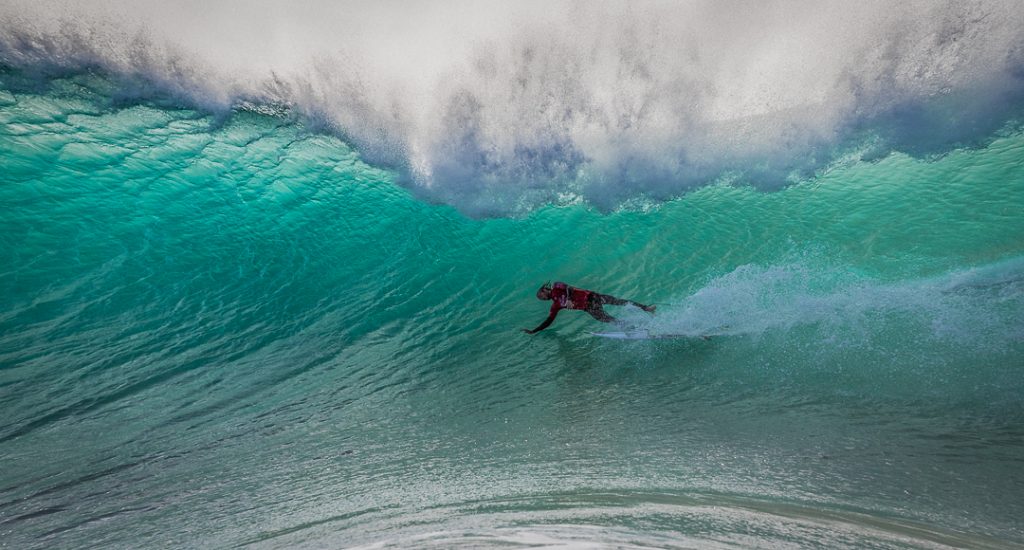Early in May 2017, I started noticing more and more references to mirrorless technology, in particular, the SONY A9 and its bespoke G Master lenses.
Having been a very loyal Canon shooter for the past >18 years, and heavily invested in Canon equipment (Bodies: 1DX MKii, 5D MKiv and the 7D Kii. Lenses: 24mm – 105 f4 MKii, 70mm – 200mm f2.8 MKii, 200mm – 400mm f4 + Built-in 1.4x Converter, 1.4x and 2x MK iii converters, 580 EX Flash, plus a number of large capacity C.Fast 2.0 Cards + C.Fast 2.0 Card Reader/ 12x CF / 8x SD Cards) the cost of switching over to mirrorless technology initially appeared prohibitive!
As more and more compelling articles appeared in the media, I could no longer just sit by and ignore the glowing reports and claims from a very wide cross-section of users of the new SONY A9.
I then wrote to Canon SA to enquire what the official Canon stand was on mirrorless technology, and whether they would be embracing the new technology by competing in that space.
Canon SA’s response was totally uninspiring, and more and more accounts extolling the SONY A9 and its capabilities were driving me to the point where I decided to purchase one and try it for myself.
As SONY had left the South African market a number of years back, I was forced to make my purchase from an overseas supplier.
The small size and weight of the SONY A9 plus a Vertical Grip, and a SONY G Master 70mm – 200mm f2.8 plus a SONY G Master 2x converter were a very pleasant surprise.
I had to teach myself about learning the SONY system and operating the camera from UTube and written articles found on the Internet, as there were no local suppliers from whom I could turn for assistance. It was mostly a case of trial and error as I started out on the local surfing scene.
Late in October 2017 we arranged a trip to document the annual breeding/nesting phenomenon of the Carmine bee-eaters along the southern/Namibian bank of the Zambezi River at Kalizo in the Caprivi Strip.
The Carmine Bee-eaters capture their food (All kinds of Insects such as bees, moths, butterflies, grass hoppers, dragon flies, Cicadas etc) while erratically flying at lightning fast speed, and clipping it off grass stalks and trees, making these crazy birds an ultimate challenge for anyone with a camera.
Over a period of two weeks I tested the SONY equipment in real-time, in the wilderness areas of the Okavango Delta and the Zambezi River, continually comparing the performance and image quality of my Canon 1 DX MKii / Canon 200mm – 400mm f4 to my new SONY A9 / SONY G Master 70mm – 200mm f2.8 + GM 2x converter.
Returning home in South Africa, I learned that ORMS in Cape Town were now stocking SONY equipment. Needless to say, a quick phone call to Mike Ormrod (The owner of ORMS and long-time friend), and ALL my Canon equipment was packed up and on the next courier down to Cape Town to be sold! I was that convinced that the SONY mirrorless system and equipment was surely where the future of my photography lay.
I added a second SONY A9 body, a SONY G Master 24mm – 70mm f2.8, a SONY G Master 100mm – 400mm f4.5-f5.6, a SONY G Master 1.4x converter, and more recently I have added a SONY A7R iii.
What made me switch?
I chose the SONY A9 for the superior advantage it gave me to capture wildlife, birds and action sports.
Image quality in general, totally blew me away by delivering far more than I could achieve from my Canon flagship equipment.
The focus acquisition, tracking and frame rates enabled me to lock on and track fast moving subjects with a far greater hit rate of pin sharp images than ever before.
It was smaller, lighter, and far more manoeuvrable, which made it easy to shoot hand-held, effortlessly for three hours per session, with absolutely no fatigue.
I now get to carry all three bodies and three lenses, chargers etc, in one bag and still remain under my 20kilo allocation in small planes.
The cost of SONY equipment is considerably less than the Canon equivalent models.
